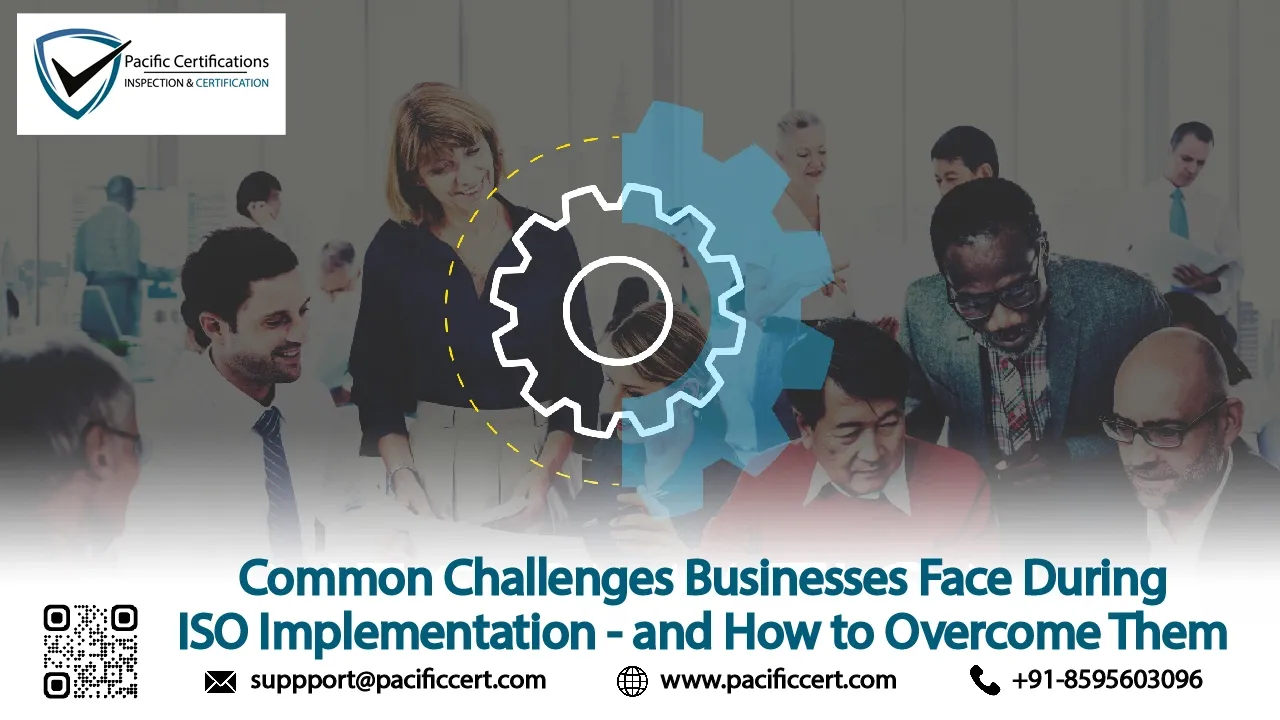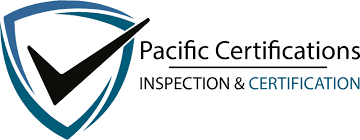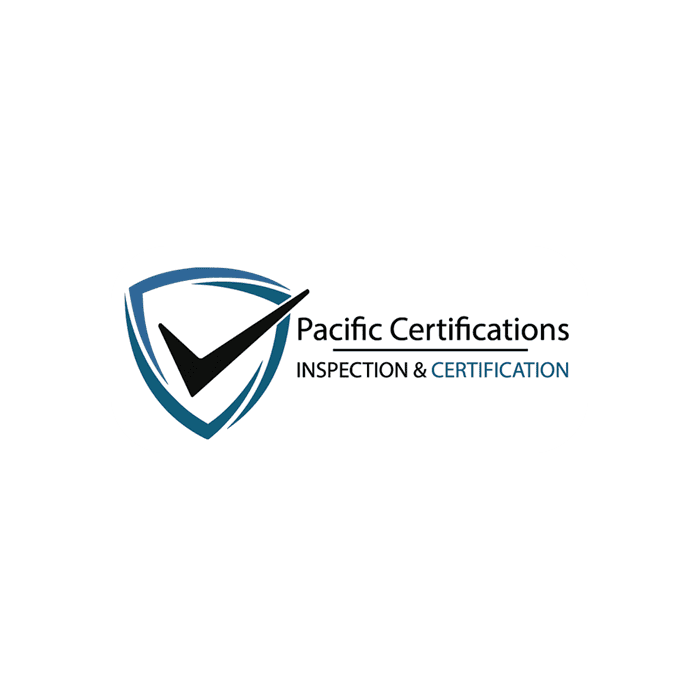Common Challenges Businesses Face During ISO Implementation - How to Overcome Them

Obtaining ISO certification can be beneficial for businesses aspiring to enhance quality, improve operations, and meet customer satisfaction levels. However, the pathway to certification can be difficult, particularly for businesses that are either new to this endeavour or lack experience in implementing ISO standards with their operational methods. From internal push-back and the potential need for new resources, there are many opportunities for every business to encounter problems during implementation of ISO standards. In this blog, we will discuss some of the common problems businesses can meet while implementing ISO standards, as well as some practical opportunities for overcoming them.
For assistance, contact us at [email protected]
Introduction
ISO certification gives businesses a structured approach to work on and enhance their processes, drive quality, and build customer confidence. Whether it is ISO 9001 for quality management or ISO 27001 for information security, the implementation of ISO standards is an effective way of changes that can transform your processes and business.
This blog will highlight some of the common challenges that are met during the implementation of ISO standards as well as some implementation strategies for overcoming challenges. With the right response in, it is possible to overcome challenges to benefit from the ISO certification.
Lack of Awareness and Understanding
One of the initial hurdle businesses experience while implementing ISO standards is the lack of awareness and understanding of the requirements and benefits of certification. Employees may be resistant due to lack of understanding of the standards. Additionally, the implementation process can be broad and unfocused.
Solution:
To overcome this challenge, conduct a comprehensive level of training and education on the ISO standards your business is pursuing. The involvement and buy-in from leadership and key stakeholders will instil a greater sense of ownership and accountability. Make use of resources on the official ISO website and accredited training programs to ensure that everyone has a good understanding of the scope and importance of ISO certification
Resistance to change
This will always be a challenge when implementing ISO standards because changes will be needed in your existing processes and procedures to conform to the standards. Some employees may resist changes due to concern over more work, doubts about new procedures, or simply the unwillingness to give up old habits. Resistance to change is common when implementing ISO standards.
Solution:
The key to overcoming resistance is to involve employees early in the process and give them useful knowledge pertaining to an ISO certification program, including how an effective ISO implemented system can impact quality, customer satisfaction, and overall business performance. If employees are worried about the changes, simply reinforce their apprehension by letting them know we are trying to make it easier for them in the long term through easier processes.
Lack of Resources and Time
From our experience, personally as a consultancy and as a business, a typical barrier to successful ISO implementation is the lack of resources and time associated with the obligation to an ISO certification program. In order for the ISO certification programme to work, organizations incur a burden in time, financial commitment and human resources, which, for some organizations may not exist.
Solution:
In order address this, the initial step would be to ensure to plan the implementation process in stages so it is manageable. Consider what areas are needed most attention as an organization, and start with the major areas first instead of worrying about the entire organization at once. You may also consider ISO implementation as a phased process by incorporating ISO standards into your organization’s operation as you have the resources to do so. Also, make sure to find available demand and resources.
For assistance, contact us at [email protected].
Difficulty in Documenting Processes
Having documented processes and procedures is a critical element of ISO certification, but organizations often struggle to document their processes. For those businesses that may not have had formalized processes or quality records, the documentation task can be daunting and time consuming.
Solution:
To make your documentation easier, you could begin by creating a process map that describes key activities, steps, and responsibilities within the organization. It will act as a pictorial representation of your organization's work and be a good starting point to identify where documentation should be developed. Break the documentation into smaller pieces so that it isn't overwhelming.
To make your documentation easier and faster use templates, checklists and guidelines from ISO sources, or engage a consultant to help you create the required documents. In addition, you can purchase and help you keep track of revisions and maintain compliance into the future with document management software.
Ensuring Ongoing Compliance
Achieving ISO Certification is a great accomplishment, but maintaining compliance to ISO requirements can present challenges over the long term. Regular audits will always be necessary to comply with ISO requirements, however a cycle of reassessment, progress updates and keeping up with surveillance checks is necessary to continue compliance, and improvements.
Solution:
Establish a culture of continuous improvement within your organization, so that you can keep the ISO standards alive after you are certified. This means conducting internal audits and reviewing processes on a regular management review meetings (or any frequency) in order to find ways to improve. You can also set up a team, or appoint a person who is responsible for ensuring that the organization is in compliance and can rectify non-conformities.
High certification and audit costs
ISO certification can come with many benefits, but the certification audit and ongoing surveillance can be a barrier to a small business. This represents a cost, which can be broken down into certification body fees, the internal resources that will be needed to prepare, the costs related services (whatever the group decides). Because of the cumulative nature of these fees and costs, these may lead to a considerable amount of money spent over time.
Solution:
Consider different certification bodies and their fees when exploring costs. Select certification bodies that will fit into your financial structure but also into the management (i.e. audit) processes for the organization. Certification bodies do differ based on scheduled audit and rating fees and can also provide flexible financial plans for customers, when asked.
Contact Us
Pacific Certifications can help your organization navigate the challenges of ISO implementation and certification. Our team of experts is here to guide you through the process, ensuring that you achieve ISO compliance with minimal disruption to your operations.
For assistance, contact us at [email protected].
Visit our website at www.pacificcert.com.
FAQs
Q1: How long does the ISO implementation process take?
The time it takes to implement ISO standards varies depending on the complexity of the standard, the size of the organization, and how prepared your business is. Typically, it takes 3 to 12 months for full implementation.
Q2: How can I reduce the costs of ISO certification?
You can reduce costs by choosing an affordable certification body, conducting internal audits, and using in-house resources for training and documentation. It’s also important to prioritize the most critical ISO standards for your business.
Q3: Can ISO certification help my small business grow?
Yes, ISO certification can significantly help small businesses by improving processes, increasing customer trust, and making your business more competitive. It also opens doors to new markets and business opportunities.
Q4: How can I ensure that my team is on board with ISO implementation?
Engage employees early in the process by providing training, explaining the benefits of ISO certification, and involving them in process changes. Fostering a sense of ownership will help reduce resistance and encourage buy-in.
Ready to get ISO certified?
Contact Pacific Certifications to begin your certification journey today!
Suggested Certifications –
Read more: Pacific Blogs

